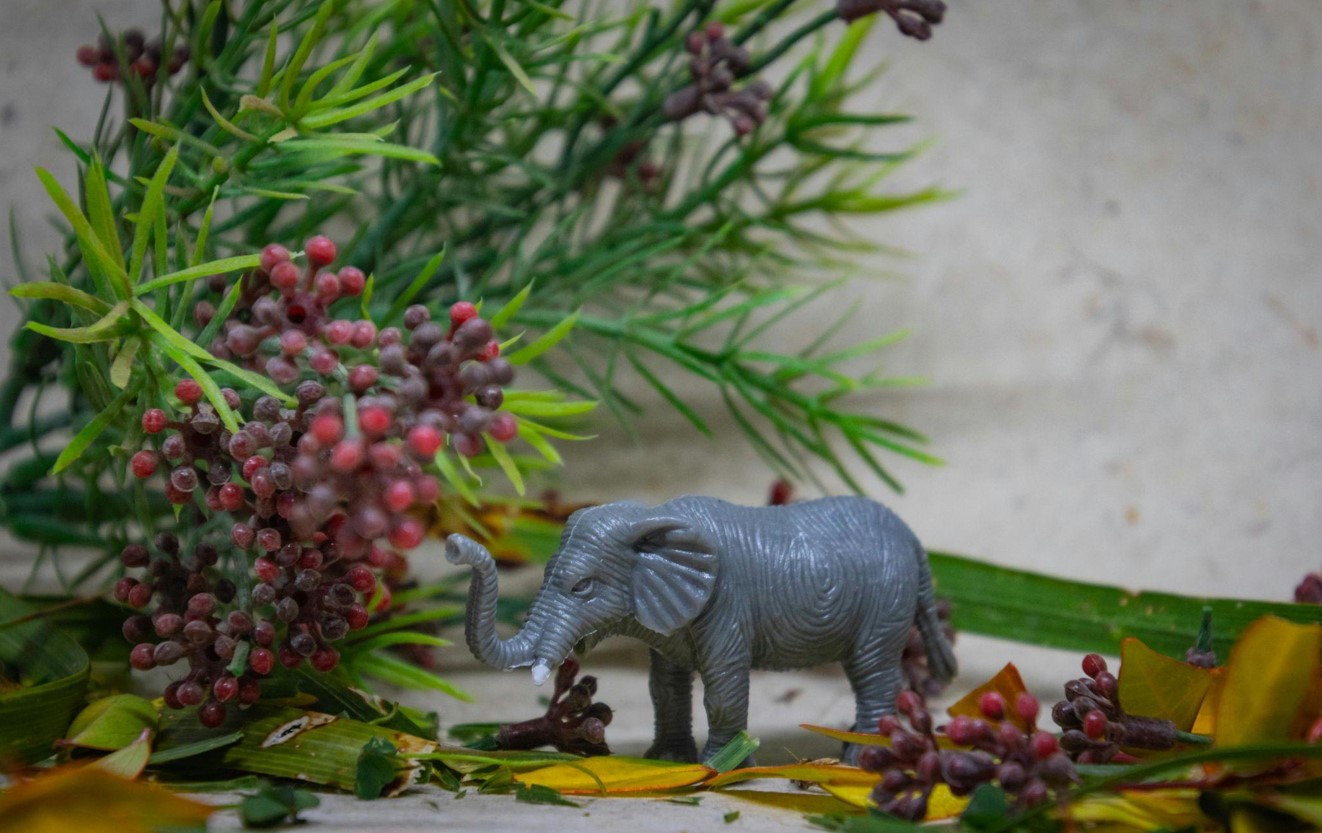
The Joy Behind Christmas Wreaths and Seasonal Traditions
Holidays are special moments that unite families, often marked by rich traditions that stand the test of time. Whether displaying Christmas wreaths, lighting pre-lit artificial Christmas trees, or celebrating Easter and Passover, these holidays have a deep history that intertwines cultural and religious significance.
A Glimpse Into the History of Christmas Wreaths
Christmas wreaths are one of the most iconic symbols of the holiday season. More than just decorative pieces, wreaths hold a more profound meaning rooted in ancient traditions. Originally, wreaths symbolized eternal life and the changing of seasons. Pagans, long before Christmas was celebrated, crafted evergreen wreaths during the winter solstice to signify hope and resilience in harsh winters.
When Christianity spread, the tradition of wreath-making evolved. They became symbols of the Advent season, with some incorporating candles to represent the four Sundays leading up to Christmas. Modern wreaths, paired with pre-lit artificial Christmas trees, add warmth and charm to homes while preserving a historical connection to the past.
Discovering the Origins of Easter and Passover
While Christmas traditions highlight the end of the year, Easter and Passover bring vibrancy to the spring season. These two holidays, although distinct, celebrate themes of renewal, freedom, and family ties.
Easter, observed by Christians worldwide, commemorates the resurrection of Jesus Christ. Its origins can be traced back to the pagan festival of Eostre, celebrating spring and fertility. Over time, Easter adopted its now-famous symbols, such as eggs (a representation of new life) and rabbits (signifying abundance). Today, families celebrate with Easter egg hunts, joyful prayers, and delicious festive meals.
Passover, on the other hand, is a solemn Jewish holiday that honors the Israelites’ liberation from Egypt. Rooted in the story recounted in the Torah, Passover traditions revolve around a Seder meal, where families reflect on faith, resilience, and unity. Standard practices include retelling the Exodus story, eating unleavened bread (matzah), and symbolic foods like bitter herbs.
Traditions that Bring Us Together
From Christmas wreaths on doors to celebratory meals at Easter and Passover, these traditions remind us of the importance of connection, gratitude, and history. While holidays differ in purpose and practice, they share a common thread—bringing loved ones together and creating lifelong memories.
Whether hanging a pre-lit artificial Christmas tree adorned with sparkling lights or setting the table for Passover, each holiday is an opportunity to connect with loved ones and honor the past.
With a world whole of rich customs, why not explore new ways to incorporate a blend of traditions into your holiday celebration? The more meaningful connections we create, the brighter our celebrations become.

